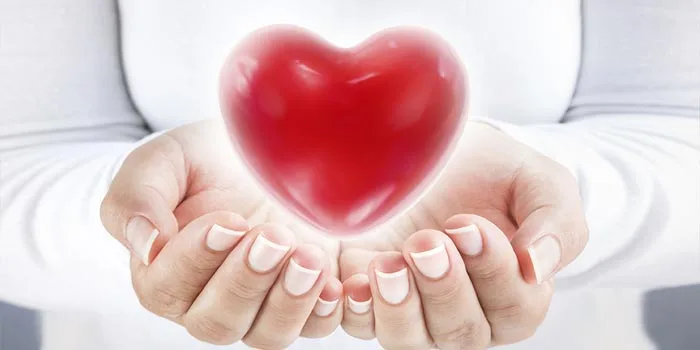5 Ways to Celebrate National Wear Red Day


According to the American Heart Association, cardiovascular disease is the No. 1 health risk faced by women. To help bring awareness to the disease, the American Heart Association launched Go Red for Women, a social initiative designed to empower women to take care of their heart health. This year, Go Red on Feb. 4, nationally known as Wear Red Day, and follow these five tips for heart health.
Wear red on Friday, Feb. 4, to increase women’s heart health awareness and support critical cardiovascular health research. Take it a step further by scheduling a prevention checkup with your primary care provider to review blood pressure, check cholesterol and look for signs of heart disease, stroke and other illness.
Healthy eating is another important way to lower the risk for heart disease in women. To keep your heart healthy, eat more fruits, vegetables and foods with whole grains and healthy proteins while avoiding foods with added sugar and unhealthy fats. Use the Heart-Check Certified Product List to make smart decisions while shopping for groceries.
Ninety percent of women have one or more risk factors for heart disease or stroke. Along with making smart nutritional choices, exercise is vital to staying healthy. But getting fit and boosting your heart health doesn’t have to involve spending hours at the gym.
Start with activities you love — be it walking, jogging or even dancing. Ten minutes of walking three times a day has been shown to lower blood pressure more effectively than a 30-minute walk. Something as simple as walking in the morning, after lunch and after dinner is a great way to exercise — no gym required.
Cardio isn’t the only way to improve your heart health. Strength training, such as lifting weights or doing pushups or lunges, can improve your health, too. Lifting weights at a moderate intensity can increase your heart rate, which means you’re working both your muscular and cardiovascular system.
You didn’t get your project done, you’re stuck in traffic and you’re late for an important appointment. Your breath quickens, your heart races and your muscles tense. Sound familiar? There’s no question that stress can exert real physiological effects on the body, including the heart. But there are ways to manage stress and help your heart.
This practice of inward-focused thought and deep breathing has been shown to reduce heart disease risk factors such as high blood pressure. Just take a few minutes to sit somewhere quiet, close your eyes and focus on your breathing.
It’s impossible to escape stress when it follows you everywhere. Cut the cord by avoiding emails and TV news during set times during the day. Putting your smartphone down for just 15 minutes can make a world of a difference.
Are you a glass half-empty or glass half-full type of person? How you answer this age-old question might affect your health. Positive thinking can have many health benefits such as increased life span, lower rates of depression and lower levels of stress. When you’re feeling negative, find a way to channel more positive emotions. Read a book, listen to music or take a nature walk. Any technique is effective if it works for you.
The symptoms of a heart attack are different for women than for men. Most of us associate a heart attack with a dramatic clutching of the chest. For women, it doesn’t typically happen like that, and this lack of awareness can be nearly as deadly as the heart attack itself. Time is critical to lessening the damaging after-effects of a heart attack. See a doctor immediately if you:
• Feel uncomfortable pressure, fullness or pain in the center of your chest. This is often mistaken for heartburn. If it lasts for more than a few minutes, or comes and goes, it may be a symptom of something more serious.
• Experience nausea, cold sweats or lightheadedness. Flu-like symptoms are often reported in the days or weeks before an attack.